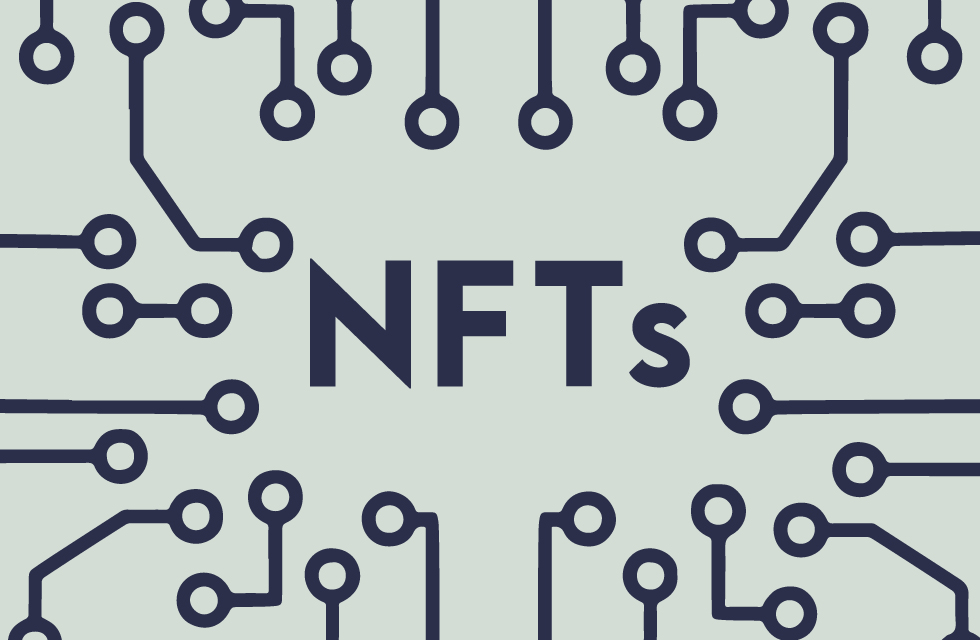Table of contents
Related articles

Unveiling the Mystery of NFTs: Exploring Non-Fungible Tokens
NFT’s have been making news for the past year or so, yet many are unaware of the influence. NFT stands for non-fungible token. Non-fungible is an economic term that you could use to describe things like your furniture, a song file, or your computer. These things are not interchangeable for other items because they have unique properties. Some have compared the trading of NFTs to one-of-a-kind trading cards. Most NFTs require payment in Ethereum or the other crypto blockchain where they’re built. For example, bitcoin is fungible, which is the main difference between ethereum and bitcoin. According to Ethereum, the company behind cryptocurrency ether (ETH), NFTs are “tokens that we can use to represent ownership of unique items. They let us tokenize things like art, collectibles, even real estate. They can only have one official owner at a time and they’re secured by the Ethereum blockchain – no one can modify the record of ownership or copy/paste a new NFT into existence.” NFTs are stored on a blockchain platform where they are tracked and verified by the network. This makes them secure and difficult to forge. The ownership of an NFT is transparent and can be verified by anyone on the blockchain.
Beware: NFTs in the Hands of Scammers and Celebrities
Though presented as innovative and revolutionary, NFTs are being used by influencers and celebrities to scam their audiences. A “rug pull” is what happens when a creator promotes a crypto token, encourages others to invest, and then takes the money and leaves the project.
A recent project exposed for being a scam is Bored Bunny, which became popular at its start in December of 2021 through its marketing campaign involving celebrities like Floyd Mayweather, Jake Paul, DJ Khaled, French Montana, and David Dobrik. David Dobrik is seen on his channel saying “If you’re young and naive just like my brother and want to get into NFTs, check out Bored Bunny. They have over 150,000 people in their Discord. It’s like a giant group chat. So, if you’re interested at all, start on their Instagram page.” In this statement, he is leading his audience to believe that investing in an NFT is a popular thing to do, and therefore presenting it as safe for his mostly child audience. Just months after promoting the scheme, popular blockchain detective Zachbxt says that the company Bored Bunny pulled out of the project with the profits, leading to the loss of around $20.7 million. Sadly, this is not the first time that the members behind this project have crypto-scammed, as they have been involved in other shady NFT projects in the past.
NFTs: Redefining Ownership or Digital Dilemma?
Now that we’ve talked about the culture surrounding NFT projects, let’s talk about the actual NFTs themselves. Many are claiming that the tokenization of art is bringing new types of ownership to the internet. The biggest problem with this thinking is that you can copy and save a digital file as many times as you want, including the art from NFTs. But NFTs were supposedly designed to give you something that can’t be copied: ownership of the work (though the artist can still retain the copyright and reproduction rights, just like with physical artwork). We see this failing already, as people are uploading art that is not theirs as an NFT and selling it without permission from the actual artist.
Who knows how NFTs will evolve in the future, but for now you need to be cautious venturing into this new digital age.

